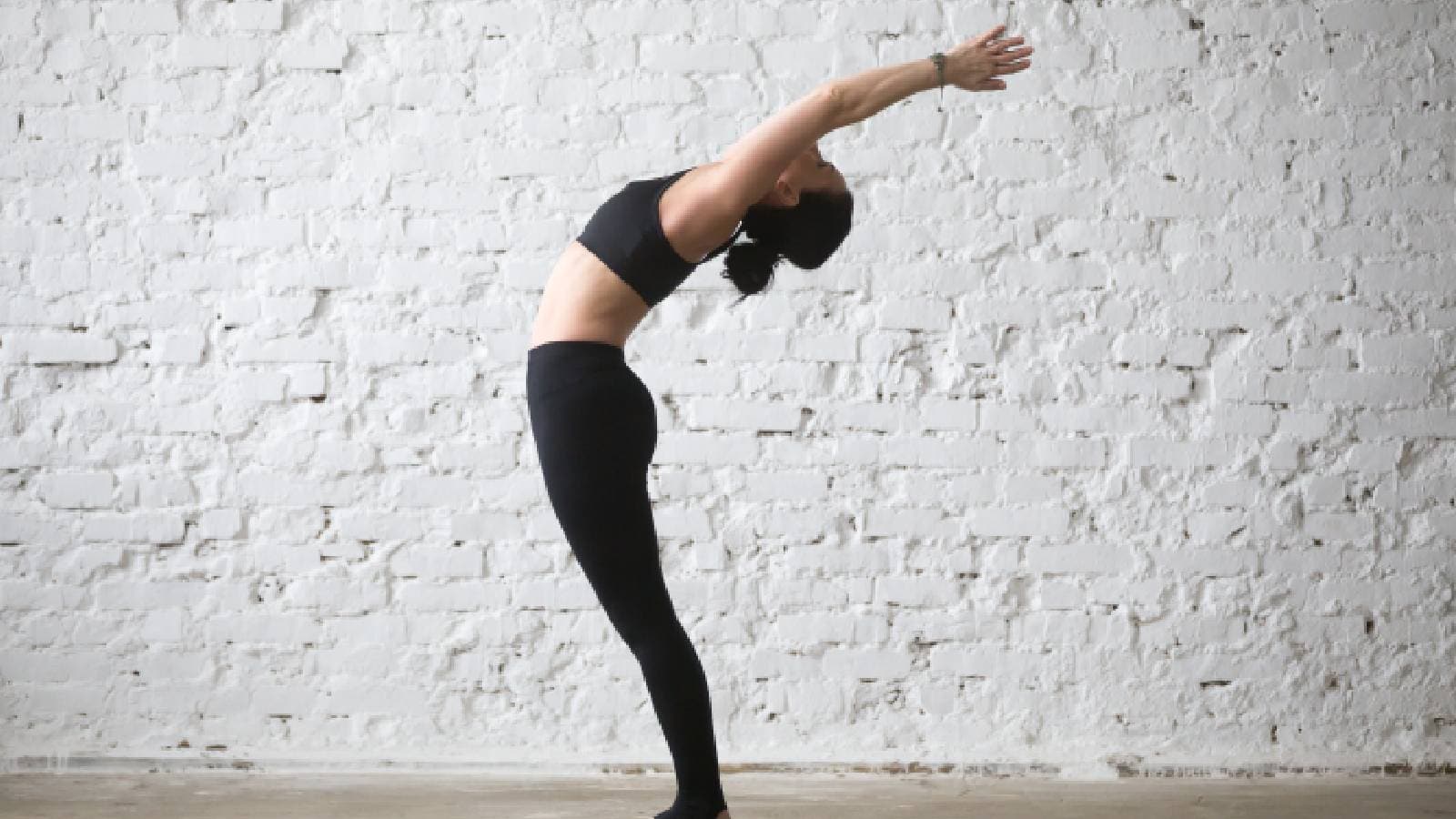If your hormones are not on track they can wreak havoc on your various bodily functions. Perform these 7 exercises for hormonal imbalance to regulate your hormones.
Are you experiencing sudden mood swings and irritability despite maintaining a healthy lifestyle? Are you struggling to sleep properly? For women, these symptoms might indicate a hormonal imbalance. When your hormones are out of whack, your body tends to react in a weird way – one that makes it difficult to understand the sudden mood swings, irritability, and more. These imbalances can be concerning as they can lead to health risks such as depression, infertility, and weight gain. However, you can balance your hormones with some simple exercises. You should try these exercises for hormonal imbalance to mitigate the risk of developing any disease.
What causes hormonal imbalance?
Hormonal imbalance can stem from various factors like stress, diet, genetics, or medical conditions like PCOS or thyroid disorders. These imbalances disrupt the intricate hormonal system, leading to irregularities in functions such as metabolism, mood regulation, and reproductive health. Its symptoms vary but may include weight gain, fatigue, mood swings, irregular periods, and decreased libido, which can impact your overall well-being. If left untreated, hormonal imbalances can escalate into a serious health issue.
Benefits of exercise to balance hormones
Regular exercise can help manage hormonal imbalances by promoting the production of endorphins, which helps reduce the production of stress hormones like cortisol. This balance is vital for regulating insulin levels, promoting better sleep, and controlling weight gain. Additionally, exercise can increase levels of serotonin, a hormone that helps improve your mood and reduce symptoms of hormonal fluctuations such as anxiety and depression.
7 exercises to manage your hormones
Health Shots got in touch with Fitness Trainer Chitharesh Natesan, who says exercise can contribute to hormonal equilibrium and overall well-being. Here are 7 exercises that you may practise to manage hormonal imbalance:
1. Compound lifts
Start your workout with compound lifts like squats, deadlifts, and bench presses. These exercises engage multiple muscle groups simultaneously, triggering the release of growth hormone and estrogen, both of which are essential for maintaining hormonal balance.
Also Read

2. High-intensity interval training (HIIT)
Incorporate HIIT workouts into your routine to stimulate the production of endorphins and adrenaline while improving insulin sensitivity. This workout can increase human growth hormone (HGH), which can help you feel healthy and strong by regulating cortisol levels and boosting metabolism.

3. Yoga
Don’t underestimate the power of yoga for hormone regulation! Practising yoga poses like downward dog, child’s pose, and warrior sequence can help reduce stress levels, promote relaxation, and balance cortisol production.
4. Strength training
Focus on strength training to increase muscle mass and improve insulin sensitivity. As muscle tissue grows, it becomes more efficient at utilising glucose, helping to stabilise blood sugar levels and prevent insulin resistance.
5. Plyometrics
Add plyometric exercises such as box jumps, jump squats, and burpees to your routine to enhance your energy levels and stimulate the release of growth hormones. These dynamic movements can also improve coordination and agility while keeping cortisol levels in check.
Also read: These 9 dietician recommended foods will help you combat hormonal imbalance
6. Core workout
A strong core is essential for overall stability and improving hormone production. Incorporate exercises like planks, Russian twists, and bicycle crunches to strengthen your core muscles and manage your hormones.
7. Meditation
Incorporate relaxing exercises such as meditation, deep breathing, and foam rolling into your routine to reduce stress and promote recovery. Remember, adequate rest is crucial for hormone regulation and muscle repair.

These exercises will not only improve your physique but also support hormonal balance for optimal health and well-being. Make sure you include these exercises according to your fitness and medical background for a safe and efficient experience.









Leave a Reply
You must be logged in to post a comment.